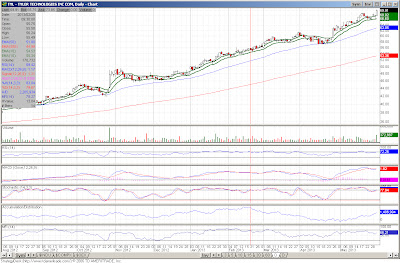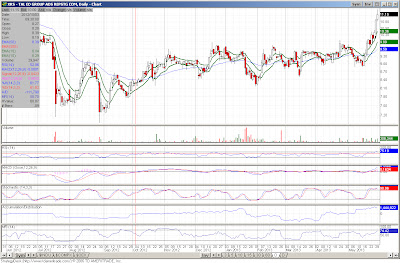The Organization has warned in its semi-annually report that the exit from quantitative easing programs may be painful. As the report states.......
“Exit from unconventional monetary policy, when needed, may be difficult
to manage and less smooth than desirable, possibly leading to sharp
rises in bond yields and serious negative consequences for growth in a
number of advanced and emerging economies,” Pier Carlo Padoan, OECD’s
deputy secretary-general and chief economist, said in the report.
further still
“A leap in U.S. government bond yields would result in
capital losses for investors, and prices on other assets would most
likely follow suit, with mortgage-backed securities and corporate bonds
most strongly affected,” the OECD said in its report.
“In comparison with 1994, this could be more disruptive given the
current higher leverage in the U.S. economy and financial system. Unless
offset by portfolio shifts as investors move funds from bonds to
equities, the higher long-term interest rate would weigh on equities and
property valuations could also be marked lower.”
Oh really, you think this experimental in monetary policy where nearly all major central banks are printing money will end with at least extreme economic volatility? All one has to do is look at the the liquidity preference relationship (eloquently described by John Hussman and others) between T-Bills, GDP, and monetary base to know that the exit will be messy.
Chart via
Hussman Funds.

At current liquidity preference levels, it will not take much of dislocation or change in GDP or interest rates to make the unexpected painfully clear.













































